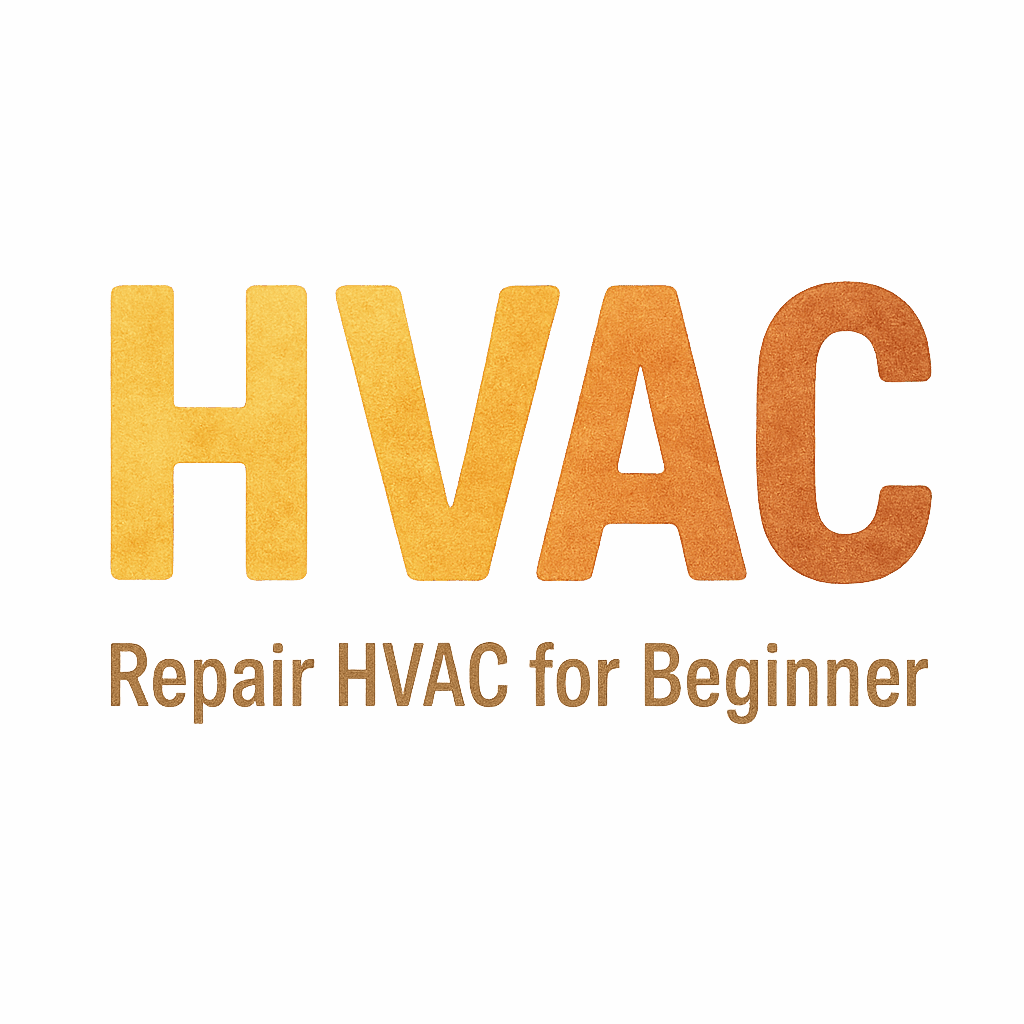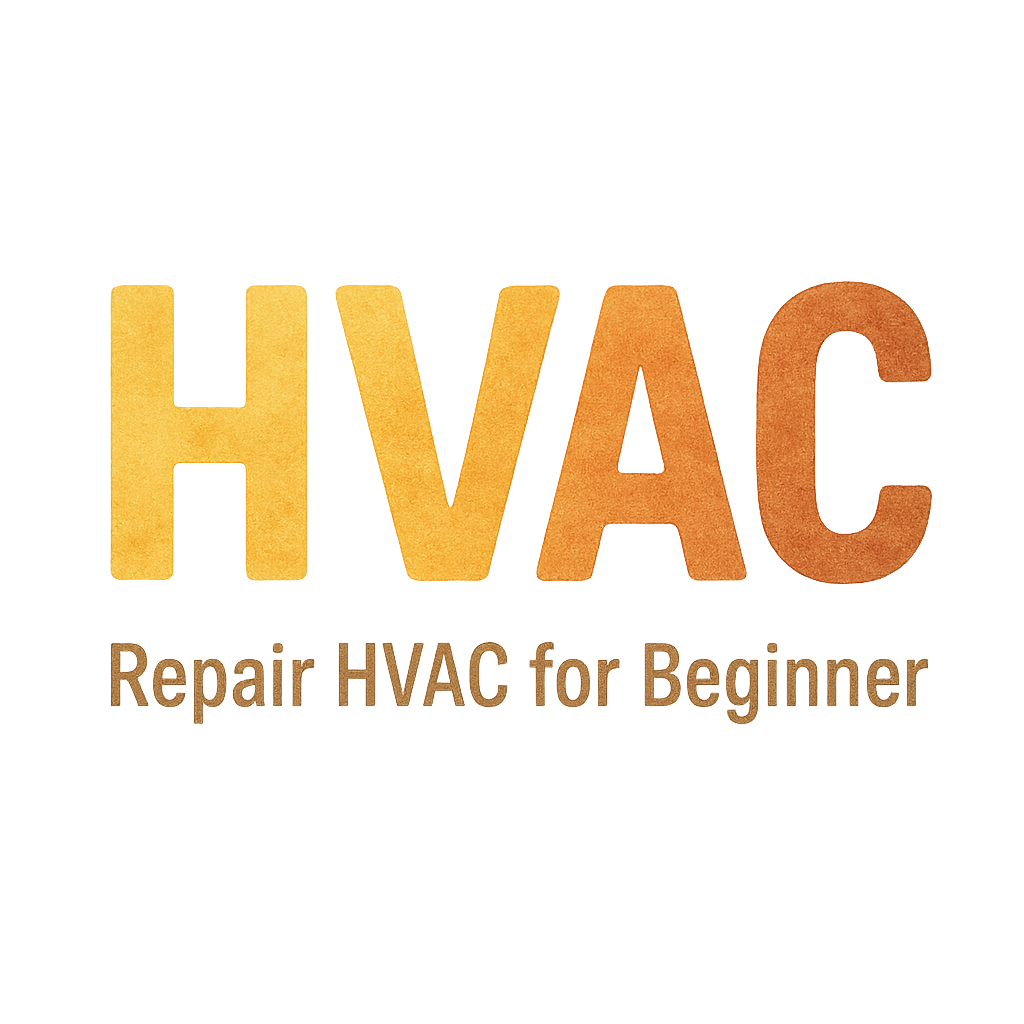Introduction: Why HVAC Duct Cleaning Matters
When it comes to maintaining an HVAC system, one of the most crucial aspects is keeping the ducts clean. Over time, dust, debris, and even mold can accumulate inside the ducts, affecting air quality, system efficiency, and overall comfort in your home or office. Proper HVAC maintenance ensures your system runs smoothly and avoids costly repairs.
But what’s the best way to tackle this cleaning process? The answer lies in using the right tools. In this article, we’ll explore 6 essential tools for efficient HVAC duct cleaning that will ensure your system stays clean, efficient, and long-lasting.

High-Velocity Air Whips
High-velocity air whips are powerful cleaning tools that use compressed air to dislodge dirt and debris from the walls of HVAC ducts. These tools can be incredibly effective in dislodging even the most stubborn build-ups, making them essential in any HVAC duct cleaning process.
How They Work
Air whips consist of a flexible hose with a nozzle that releases high-pressure air. The force of the air hits the debris, causing it to loosen and fall into the ductwork for removal.
Benefits of High-Velocity Air Whips
- Speed: These tools can quickly clear debris from ducts without causing damage.
- Effectiveness: They can clean out tough dirt and mold from the ducts.
- Minimal Disruption: Since they work with air, they minimize physical contact with the duct walls.
When to Use High-Velocity Air Whips
This tool is ideal for cleaning long, straight ducts with minimal bends. It’s perfect for residential systems or commercial buildings with relatively simple ductwork layouts. If you’re unsure when to clean your ducts, check out our HVAC cleaning checklist for guidance.
Negative Air Machines
Negative air machines are a must-have when it comes to duct cleaning. These machines create a vacuum effect by pulling air out of the duct system and drawing in all the debris, dirt, and dust into the filtration system.
Understanding Negative Air Machines
The machine is connected to the ducts, and the air inside is sucked out, creating negative pressure. This ensures that no contaminants escape into the environment during the cleaning process.
Why Negative Air Machines Are Essential
- Contamination Control: Prevents the spread of dust and debris into the living space.
- Filtration: The air passes through high-efficiency filters, trapping harmful particles.
- Cleaning Power: Provides strong suction that is effective at clearing out debris from difficult-to-reach places.
Safety Considerations
- Always wear protective equipment to avoid inhaling airborne particles.
- Ensure the machine is regularly cleaned and maintained for optimal performance. If you’re looking to maintain the efficiency of your system, don’t miss our HVAC repair tips.
Rotating Brushes
Rotating brushes are highly effective at scrubbing the interior surfaces of ducts, dislodging dirt, and loosening debris.
How Rotating Brushes Tackle Duct Build-Up
The bristles of rotating brushes spin at high speeds, scrubbing the interior walls of the ducts. These brushes are typically used in combination with a vacuum system to remove dislodged particles. If you need help with other duct cleaning techniques, check our HVAC troubleshooting guide.
Types of Rotating Brushes
- Polypropylene Brushes: Durable and effective for general cleaning.
- Steel Brushes: Ideal for tougher build-ups but must be used with care to avoid damaging ducts.
Pros and Cons of Rotating Brushes
- Pros: Effective at removing stubborn dirt and debris, versatile for various duct shapes.
- Cons: Can be difficult to maneuver in tight, narrow ducts. They might also scratch certain surfaces if not used properly. For more advanced HVAC troubleshooting, make sure you’re familiar with the right tools.
Air Duct Vacuum Cleaners
These vacuum systems are designed specifically for HVAC ductwork, offering high suction power that can remove even the smallest dust particles.
The Power of Suction: How These Tools Work
Air duct vacuum cleaners use powerful suction to pull dust, dirt, and debris out of the ducts. Many systems come with various attachments and hoses to access hard-to-reach areas. If you’re interested in learning more about vacuum features, be sure to check out HVAC tools and equipment.
Why Vacuum Cleaners Are Key
- Complete Removal: They can remove all debris, including fine dust and dirt.
- Efficiency: Offers fast and thorough cleaning in both residential and commercial applications.
Choosing the Right Air Duct Vacuum
- Look for models with adjustable suction power.
- Consider portability if you’re working in different environments.
- Choose vacuums with HEPA filters to trap even the smallest particles. If you’re dealing with air filter issues, make sure to read our article on common filter problems.
5: Duct Inspection Cameras
Inspection cameras are a game-changer when it comes to HVAC duct cleaning. These cameras allow you to see the condition of your ducts without needing to dismantle any part of the system.
Why Inspection Cameras Are Critical
- Visual Clarity: Inspecting the ductwork before and after cleaning helps ensure every corner is free from debris.
- Preventive Maintenance: These cameras can also spot potential issues such as mold, blockages, or signs of wear and tear. Use them in combination with a monthly HVAC care routine to ensure long-term efficiency.
Benefits of Using a Camera
- Accurate Diagnosis: Provides real-time feedback on the cleanliness of your ducts.
- Prevention: Identifies issues that might cause bigger problems down the road, allowing for timely repairs.
How Duct Cameras Help in Preventive Maintenance
Regular inspections help you maintain optimal airflow and air quality, reducing the risk of future cleaning issues. Keep track of your inspections with our beginner maintenance guide.
Duct Cleaning Whip Brushes
While whip brushes are simple tools, they are extremely effective in cleaning ducts. They work by whipping against the duct walls to dislodge dirt and debris.
How Whip Brushes Work
A whip brush typically attaches to a long pole or hose and is powered by either air or manual action. The whip action clears debris from the walls of the ducts, sending them to the vacuum system for removal.
Advantages of Using Whip Brushes
- Cost-Effective: A more affordable tool for smaller cleaning jobs.
- Simple Design: Easy to use and lightweight for beginners or smaller cleaning jobs. For more information on avoiding beginner errors, make sure you check out our guide.
Conclusion: Choosing the Right Tools for Your HVAC Duct Cleaning Needs
Choosing the right tools for HVAC duct cleaning depends on your system’s needs, your budget, and the level of cleaning required. Whether you’re a professional cleaner or a DIY enthusiast, understanding the strengths of each tool can help you maintain a healthy, efficient HVAC system.
If you need further information on specific cleaning tools and maintenance, or if you’re considering professional help, be sure to explore our resources for HVAC repairs and safety gear.
FAQs
- What is the most important tool for HVAC duct cleaning?
- While all tools are important, negative air machines are crucial for effective and safe cleaning. Check out our HVAC basics for more details.
- Can I clean my HVAC ducts myself?
- Yes, some tools like air whips or whip brushes are DIY-friendly, but for thorough cleaning, it’s best to hire a professional.
- How often should I clean my HVAC ducts?
- It’s recommended to clean your ducts every 3-5 years, depending on usage and the environment. Explore more in our HVAC maintenance section.
- Are rotating brushes safe for my HVAC system?
- When used correctly, rotating brushes are safe, but they can damage ducts if not handled with care.
- What kind of vacuum cleaner is best for HVAC duct cleaning?
- Air duct vacuum cleaners with strong suction and HEPA filtration are ideal for the job.
- How do inspection cameras help with duct cleaning?
- Inspection cameras allow you to see the inside of ducts, ensuring thorough cleaning and helping identify hidden problems.
- Are there any safety tips for using HVAC duct cleaning tools?
- Always wear protective gear, work in a well-ventilated space, and follow the manufacturer’s instructions for each tool. For more information, check out our safety tips.


